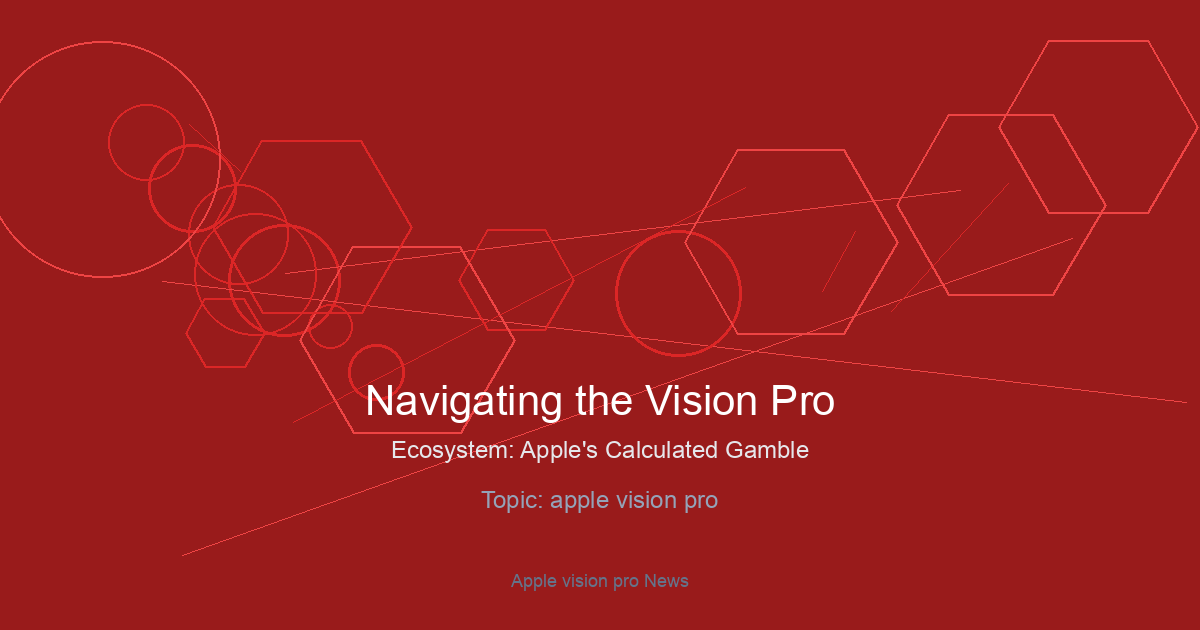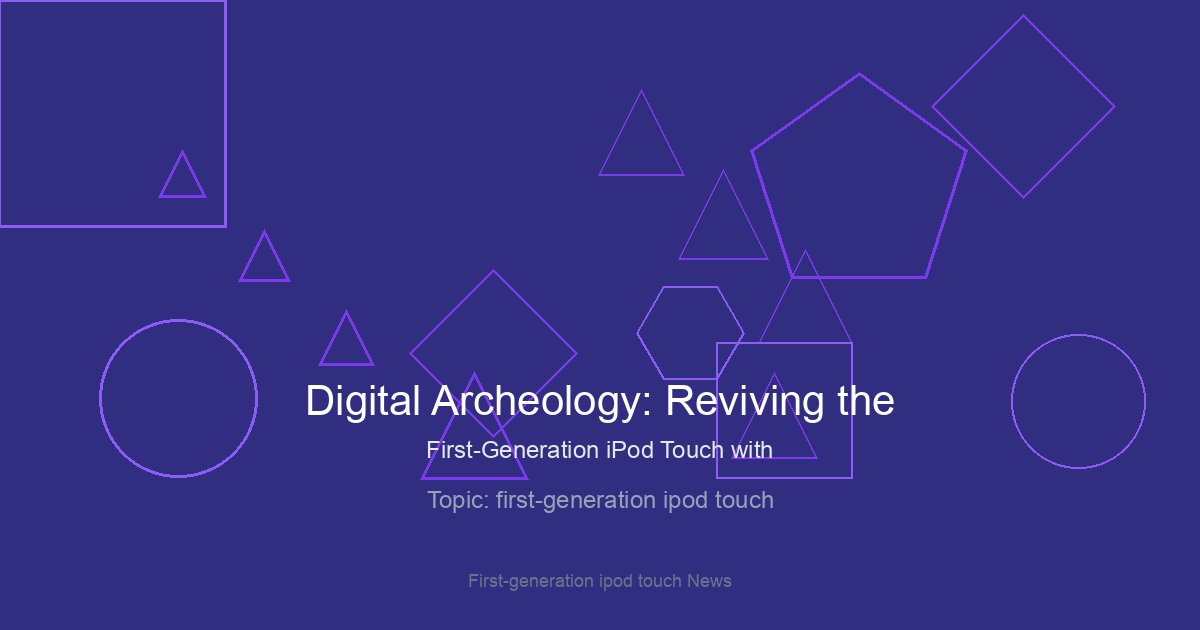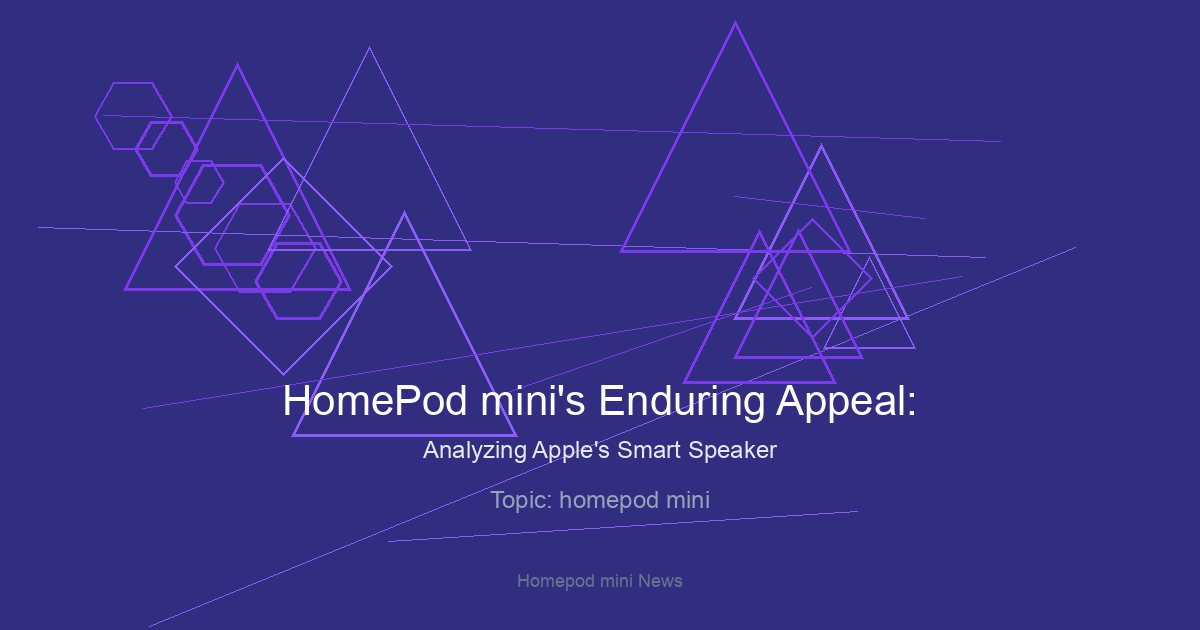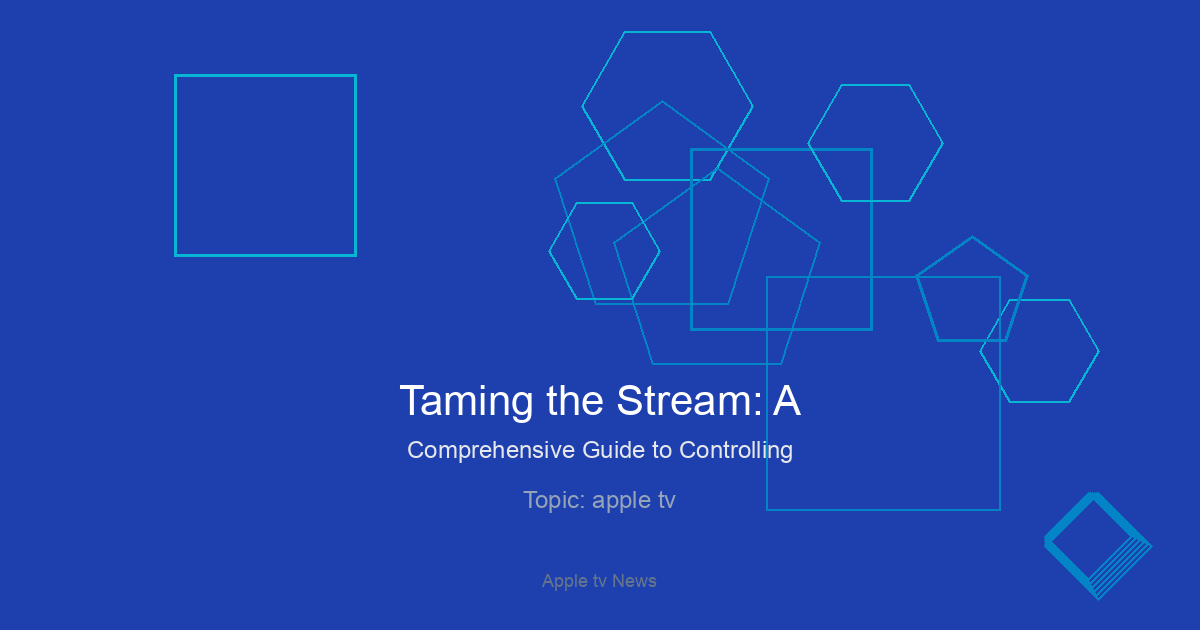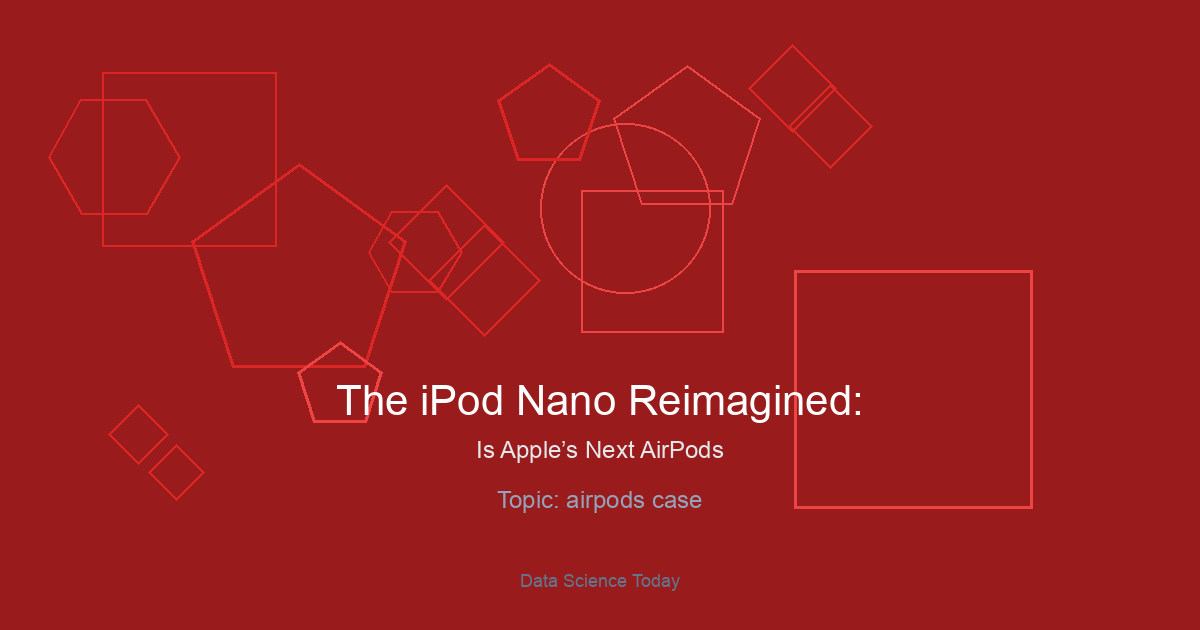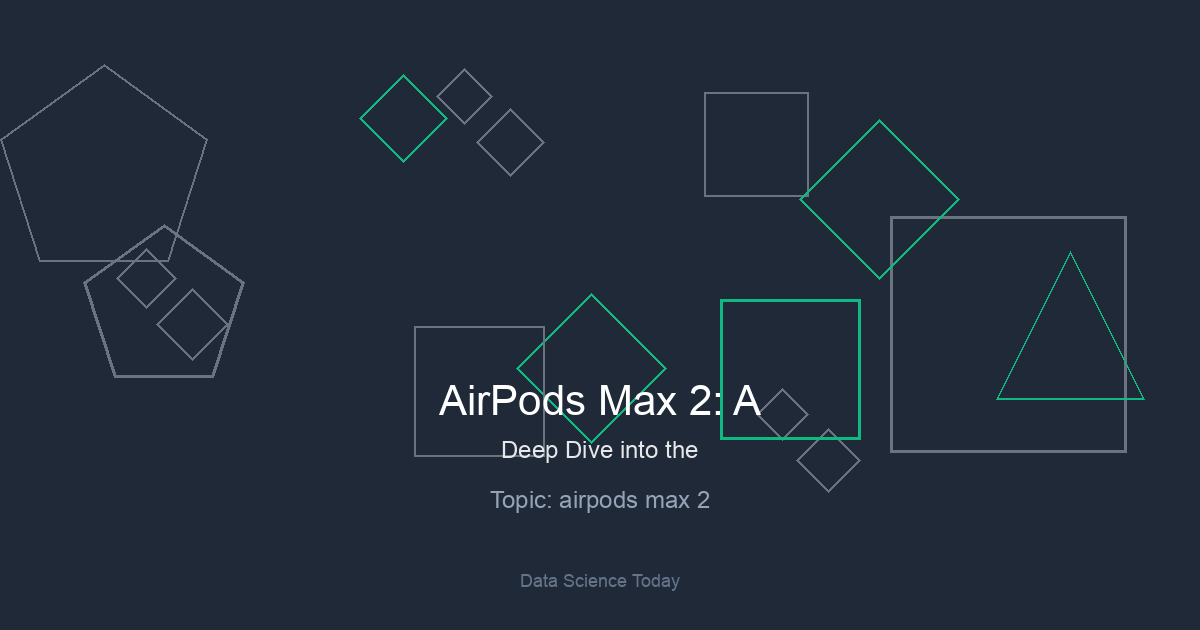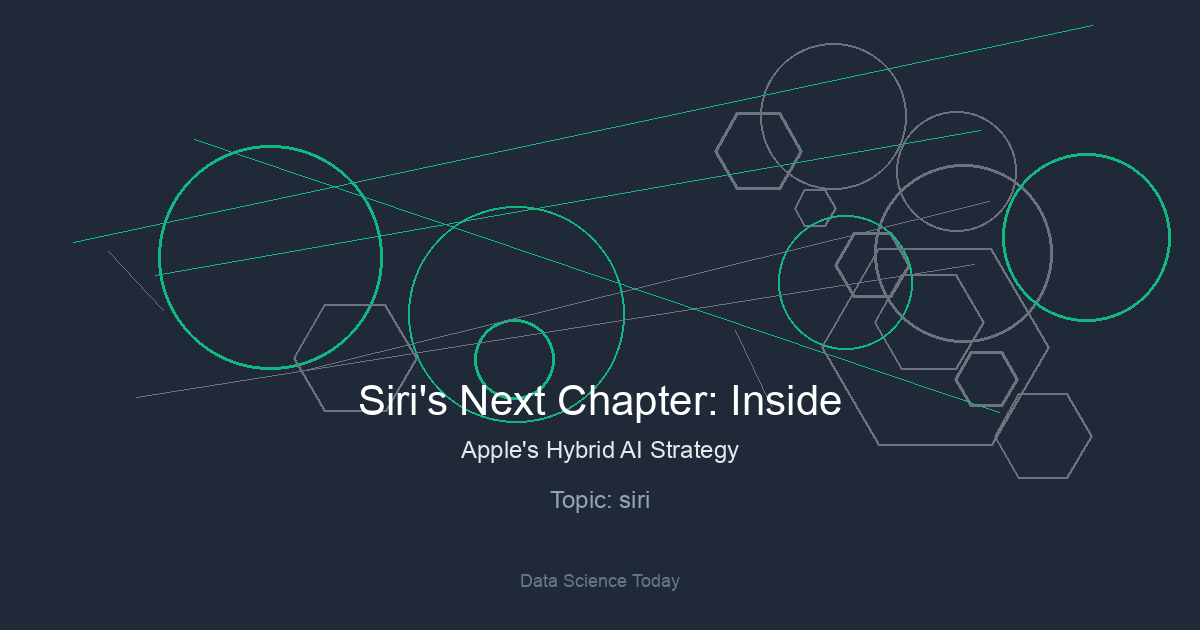The Next Frontier for Apple: Siri’s Imminent Generative AI Transformation
For over a decade, Siri has been the familiar voice of Apple’s digital assistant, capable of setting timers, sending messages, and answering trivia. While revolutionary at its launch, its capabilities have seen only incremental improvements, often lagging behind the conversational prowess of its competitors. However, the latest Siri news indicates that Apple is on the verge of a monumental leap forward. The company is reportedly developing and testing a proprietary large language model (LLM) framework, internally codenamed, to fundamentally rebuild Siri from the ground up. This isn’t just another software update; it’s a foundational shift from a command-based assistant to a truly intelligent, conversational partner. This evolution promises to reshape how we interact with our devices, deeply integrating into the entire Apple ecosystem news, from the iPhone in our pocket to the groundbreaking Apple Vision Pro. This impending change signals a new era for Apple’s AI ambitions, with profound implications for user experience, privacy, and the future of personal computing.
Section 1: From Simple Commands to Complex Conversations: The Foundational Shift
To understand the magnitude of this upgrade, it’s crucial to differentiate between Siri’s current architecture and the generative AI model it’s moving towards. This shift is more than just a feature enhancement; it’s a complete paradigm change in how the assistant processes information and interacts with the user. The latest iOS updates news has hinted at deeper AI integration, but this upcoming overhaul is the true game-changer.
Siri’s Current Architecture: An Intent-Based System
The Siri we use today operates on a system of “intents” and “entities.” When you ask, “What’s the weather in Cupertino?” Siri is programmed to recognize the “weather” intent and the “Cupertino” entity (a location). It then queries a specific API (like a weather service) with that information and reads the result back to you. This system is efficient for a predefined set of tasks but is inherently rigid. It struggles with ambiguity, context, and multi-step commands. If your request falls outside its programmed intents, Siri often defaults to a web search, breaking the seamless assistant experience. This limitation is felt across all devices, from the HomePod to the Apple Watch, where concise, predictable commands are a necessity.
The Generative AI Revolution: Understanding Large Language Models (LLMs)
Generative AI, powered by LLMs like the one Apple is developing, works differently. Instead of matching commands to predefined actions, these models are trained on vast datasets of text and code. They learn patterns, context, grammar, and even reasoning. This allows them to understand nuanced, conversational language and generate new, coherent responses. A generative Siri could handle a complex request like, “Find a highly-rated Italian restaurant near me that’s open now and has outdoor seating, then book a table for two at 7 PM and add it to my calendar.” This single, complex command involves multiple steps: a location-based search, filtering results based on multiple criteria, initiating a reservation through an app or service, and finally, creating a calendar event. This level of task automation and natural language understanding is simply beyond the scope of the current intent-based system and represents the core of the latest iPhone news and iPad news for AI enthusiasts.
This move is a reflection of a broader industry trend, but Apple’s approach will likely be unique, focusing heavily on privacy and on-device processing, which has long been a cornerstone of the company’s philosophy and a key topic in Apple privacy news.
Section 2: Under the Hood: The Technology Powering the New Siri
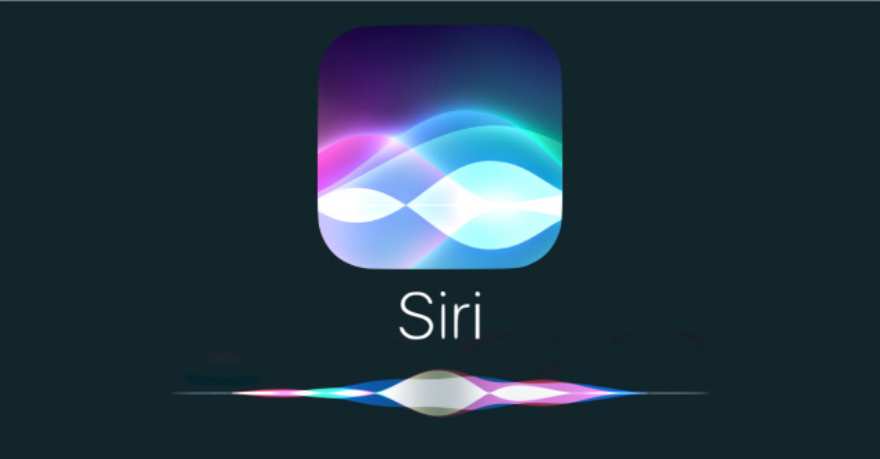
Apple’s strategy for this new Siri is not just about building a powerful AI model; it’s about deploying it in a way that aligns with the company’s core values of privacy, security, and seamless integration. This requires a sophisticated blend of on-device processing, cloud computing, and tight hardware-software optimization.
The Hybrid Model: On-Device Intelligence and Cloud Power
A key differentiator for Apple will likely be its emphasis on on-device processing. The A-series and M-series chips in iPhones, iPads, and Macs feature powerful Neural Engines designed specifically for machine learning tasks. By running a significant portion of the LLM directly on the device, Apple can achieve several key advantages:
- Enhanced Privacy: Sensitive data, such as personal messages, health information, and location history, can be processed locally without ever being sent to the cloud. This is a massive selling point and a central theme in ongoing iOS security news.
- Lower Latency: On-device processing means faster response times. For many common requests, the new Siri could provide answers almost instantaneously, without the delay of a round-trip to a server.
- Offline Functionality: A powerful on-device model would allow Siri to perform a wider range of tasks even without an internet connection, a significant improvement over its current, heavily cloud-reliant state.
However, the most powerful generative AI models are enormous and require data center-level computing power. Therefore, Apple will almost certainly adopt a hybrid approach. Simpler queries will be handled on-device, while more complex requests that require up-to-the-minute information or massive computational power will be securely offloaded to Apple’s cloud servers. The challenge lies in making this handoff completely seamless and secure for the user.
The Role of the Neural Engine and Hardware Integration
The performance of this new AI will be directly tied to Apple’s silicon. The Neural Engine’s architecture is optimized for the kind of matrix multiplication and transformer operations that are the building blocks of modern LLMs. We can expect future iOS updates news to include frameworks that give developers deeper access to these capabilities. This tight integration ensures that the AI runs efficiently, consuming less battery and delivering a smoother experience. This is crucial for devices like the Apple Watch and AirPods, where battery life is paramount. The latest AirPods Pro news could even include features where Siri can process more complex audio cues directly via the H2 chip, leveraging on-device intelligence for a more responsive experience.
Section 3: Reimagining the User Experience Across the Apple Ecosystem
A truly intelligent, conversational Siri will be a transformative force, acting as an ambient computing layer that unifies the entire Apple ecosystem. Its impact will be felt across every device, enabling new workflows and more intuitive interactions.
On iPhone and iPad: The Proactive Personal Assistant
On the iPhone and iPad, the new Siri will evolve from a reactive tool to a proactive assistant. Imagine Siri summarizing a long email thread and drafting a reply based on your personal writing style, or automatically creating a shopping list from a recipe you’re viewing in Safari. It could help you create a dynamic vision board on your iPad by gathering images, quotes, and links based on a simple conversation about your goals—a fascinating piece of potential iPad vision board news. For artists and designers, the latest Apple Pencil news might involve Siri understanding commands like, “Make this line thicker and change the color to match the sunset in this photo,” directly within apps like Procreate.

On Apple Watch and HomePod: The Hub of the Smart Home
For wearables and smart home devices, the upgrade will be even more profound. The Apple Watch news will likely focus on Siri’s ability to interpret complex health and fitness commands. For example, a user could say, “Siri, how did my run today compare to my average for this month, and do you have any suggestions for my workout tomorrow based on my sleep quality?” This taps into a wealth of data, requiring a level of analysis that is currently impossible. Similarly, the HomePod news and HomePod mini news will shift from simple music and smart home commands to managing the entire household. A user could say, “Siri, it’s movie night,” and the assistant could dim the lights, close the blinds, turn on the Apple TV, and set the volume to a preferred level, all from a single, natural command.
On Apple Vision Pro: The Ultimate AR Co-pilot
Perhaps the most exciting implications are for spatial computing. The Apple Vision Pro news has already highlighted its powerful hardware, but a generative AI-powered Siri could be its killer app. Siri could act as an AR co-pilot, providing real-time information overlaid on the world around you. A mechanic could look at an engine and ask, “Siri, highlight the spark plugs and show me the steps to replace them,” with AR overlays guiding them through the process. This ties directly into the future of Apple AR news. Interactions could become even more intuitive; future Vision Pro accessories news might even speculate on a “Vision Pro wand news” type of controller that works in concert with Siri for precise spatial manipulation based on verbal commands. This synergy between voice, vision, and gesture is where Apple’s ecosystem truly shines.
Section 4: The Path Forward: Challenges, Opportunities, and Best Practices
While the promise of a supercharged Siri is immense, its development and deployment are fraught with challenges. Apple must navigate technical hurdles, ethical considerations, and user expectations to ensure a successful launch.
Challenges and Considerations
- AI Hallucinations: LLMs are known to occasionally “hallucinate” or generate factually incorrect information. For an assistant integrated into core OS functions, this is a significant risk. Apple will need to implement robust fact-checking and grounding mechanisms to ensure reliability.
- Computational Cost: Running powerful AI models, even smaller on-device versions, is resource-intensive. Apple must balance capability with battery life, a constant concern for mobile devices.
- Security and Privacy: As Siri gains access to more personal data to become more helpful, the stakes for security breaches become higher. The latest iOS security news will undoubtedly focus on the safeguards Apple is building around its new AI framework to prevent misuse.
Opportunities and Best Practices for Users
The opportunity is to create the most personal and private digital assistant on the market, one that leverages the deep integration of Apple’s hardware and software. For users, preparing for this shift involves a few best practices:
- Embrace Natural Language: Start thinking about interacting with your devices more conversationally. Instead of rigid commands, practice asking for things in the way you would ask a person.
- Organize Your Data: A more intelligent Siri will be able to leverage the data in your apps (Calendar, Reminders, Photos, Health). Keeping this data well-organized will allow the assistant to provide more accurate and personalized help. This is particularly relevant for Apple health news, as a well-maintained Health app will be a goldmine for a proactive wellness assistant.
- Stay Informed: Keep an eye on official Apple news and announcements. Understanding the capabilities and limitations of the new Siri will be key to getting the most out of it when it launches.
This journey reminds us of Apple’s long history of innovation, from the revolutionary simplicity of the iPod Classic and iPod Mini to today’s complex AI systems. While an iPod revival news headline is unlikely, the spirit of making technology intuitive and personal lives on in this Siri overhaul.
Conclusion: A New Voice for a New Era
The impending generative AI upgrade for Siri is poised to be one of the most significant developments in Apple’s software history. By moving beyond simple command-and-response, Apple is not just catching up to competitors but aiming to redefine the role of a digital assistant. The focus on a hybrid model prioritizing on-device processing and privacy is a classic Apple strategy, one that could set a new standard for the industry. This new Siri will be the intelligent thread that ties the entire Apple ecosystem together more tightly than ever before, from the iPhone to the Apple Vision Pro. It represents a future where our interaction with technology is more natural, proactive, and deeply personalized, finally delivering on the initial promise of a truly helpful digital assistant for everyone.


